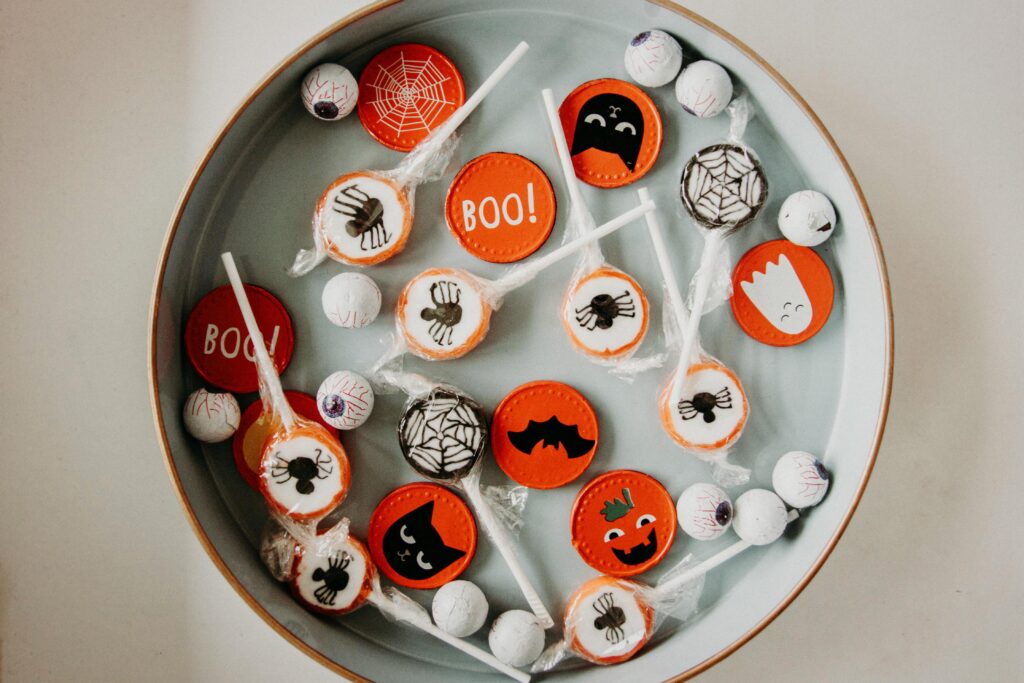It is about that time of year when the sun starts disappearing earlier every evening. Brisk cold drafts creep into our houses and our bones. The ground fills with crunchy leaves that alert the world of every step. It is about when skeletons crawl out of attics and find their way onto the front porches of many houses across America. In addition to this, on one particular night, masses of children (and some college students like ourselves) take to the streets in search of candy. Masquerading as anything from ghosts to princesses, children reach out little hands and candy flows like water from the doorways of strangers. This night is the culmination of the spooky season that befalls us every year with houses decked out in spiders, monsters, and creepy lights gracing almost every street corner.
As the spooky holiday, Halloween swiftly approaches us, one should take the time to consider where this tradition comes from. Fondly, I remember dressing up on Halloween and visiting neighbors with friends and family on chilly evenings. The question of why or to what end this festivity existed never crossed my mind until recently. Another question to consider when thinking about this holiday is how it interacts with the Christian faith. There seem to be a handful of people that one can find who oppose the holiday. People cite reasons such as paganism, consumerism, and just plain silliness. Can Christians celebrate Halloween in good conscience? There does seem to be a large emphasis on vaguely dark things such as witches, ghosts, and skeletons.
Halloween when it is not contextualized sounds rather strange. Dressing up and knocking on strangers’ doors is not something that could be considered normally acceptable. In most cases, people would probably be pretty terrified. So how did we get here? It is understood that the tradition of Halloween finds its roots in Celtic tradition. A day known as Samhain marked the turn of the weather in between seasons and was associated with the return of ghosts and the dead to the living world. It was understood that on this day, the spirit world was closer to the living world than on any other day. As Celts commemorated this day, they wore various masks and animal skins to help scare away the dead in addition to lighting large bonfires and having great feasts. One can see how this is analogous to the idea of costumes that we commonly wear when we dress up and venture out in search of candy. The origin of the candy or trick-or-treating aspect of Halloween is less understood than other parts of the tradition. It is suggested that treats and food may have been left out to appease the dead or that trick-or-treating comes from people collecting food for prayers on All Souls Day, a Catholic holiday following Halloween.
So far, this whole event does seem rather pagan, but what relation does it have to the Christian faith? You might have heard of All Saint’s Day and the above-mentioned All Soul’s Day. These are part of the Christian tradition instituted by Pope Gregory III in addition to All Martyr’s Day. These three days are in remembrance of the dead and are typically holidays in the Church calendar. The beginning of these three days falls on none other than Halloween. So in this, one can see that the tradition of Halloween is not entirely separate or devoid of relation to the Christian faith.

